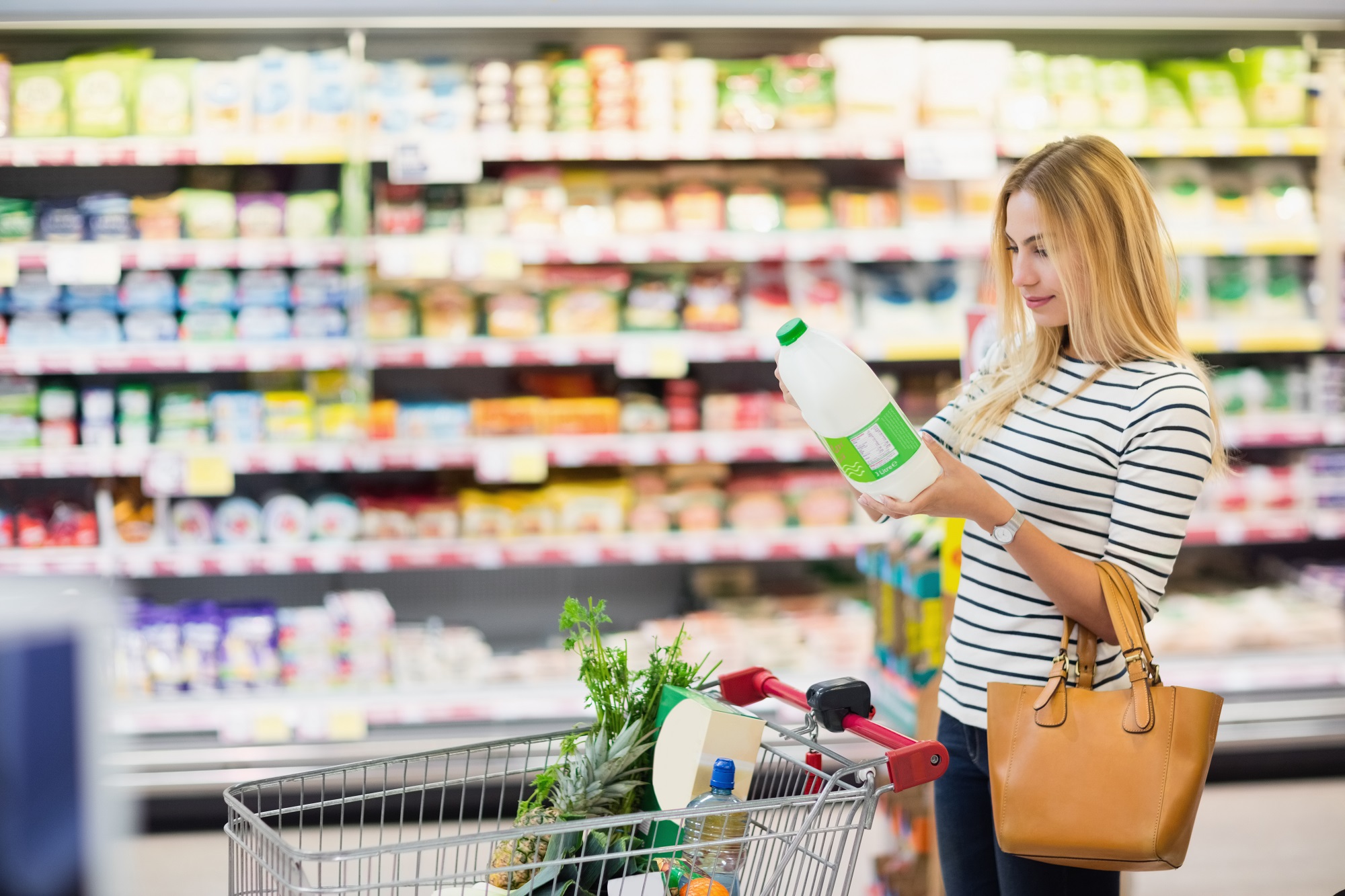At the same time, the positive properties of packaging materials are not always immediately clear to consumers. This concerns for example the prevention of product loss, avoiding wastage, and guaranteeing save product usage. These functions are sometimes overlooked during social discussions about the use and necessity of packaging materials, the excessive use of packaging materials, and the amount of packaging materials that end up as litter.
Purchasing behaviour
Research shows that, in 2017, nearly half of all Dutch consumers (48%) kept aspects of sustainability in mind when purchasing products or services. Until 2013, this figure had always been approximately 30%. Since then, it has gradually increased (source: Gfk and B-open). Packaging materials play an important role in this development. The global market for sustainable packaging materials is growing by more than 14% per year (source: Marketing Tribune). For the consumer’s perspective, this presents a range of opportunities.

At the same time, it is not always easy for consumers to evaluate the environmental impact of packaging materials. Consumers’ perception and beliefs may differ from for example the technical evaluation of a packaging’s environmental impact via a lifecycle analysis. The challenge is therefore to keep both the technical evaluation of a packaging’s environmental impact and consumer perceptions and beliefs in mind during the development of sustainable packaging materials.
It is also possible to use the packaging to communicate sustainability measures. Research shows that consumers want help with making responsible choices. Think of for example providing information about the environmental impact of both the packaging and its contents.
More information
Consumer response to packaging design
As part of the scientific research programme of the KIDV and the Food and Nutrition Top Institute, Nigel Steenis conducted research into consumers’ response to sustainable packaging.
For this research, a group of 250 students was asked to evaluate seven packaging designs for tomato soup: in glass, in a can, in a box, or in a bag. The packaging materials were presented to them with a conventional appearance and with a design that suggests improved sustainability. The results indicate that the product is more likely to be considered sustainable if its packaging is also seen as such.
Furthermore, the research shows that sustainability is linked to a range of positive associations: the packaged product is considered to be healthier, more natural, better tasting, and of a higher quality. Despite these positive feelings, a sustainable packaging alone is not enough to lead to a purchase. The research shows that, although sustainability is definitely a factor in consumers’ purchasing behaviour, the product’s quality and flavour are ultimately the deciding factors.
The research also shows that what consumers consider to be sustainable is not always in line with what is actually the most sustainable packaging design. For example, consumers rated a glass packaging as being highly sustainable, even though glass has the largest environmental impact out of all seven packaging designs that were shown. The reverse is also true: a bag was not considered to be particularly sustainable, even though the lifecycle analysis shows that this packaging design has a much lower environmental impact.
The study makes clear that it is important to keep consumers’ perceptions and intuitive evaluations in mind when developing sustainable product-packaging combinations. Clear communication about the packaging’s sustainability is also important.
Read the paper Consumer response to packaging design: The role of packaging materials and graphics in sustainability perceptions and product evaluations.
Strategies to get consumers to choose sustainable packaging materials
As part of the scientific research programme that the KIDV runs together with the Food and Nutrition Top Institute, we are researching ways to motivate consumers to choose sustainable packaging materials. This research must result in the development of strategies to inspire behavioural change. More information about this scientific research programme can be found here.